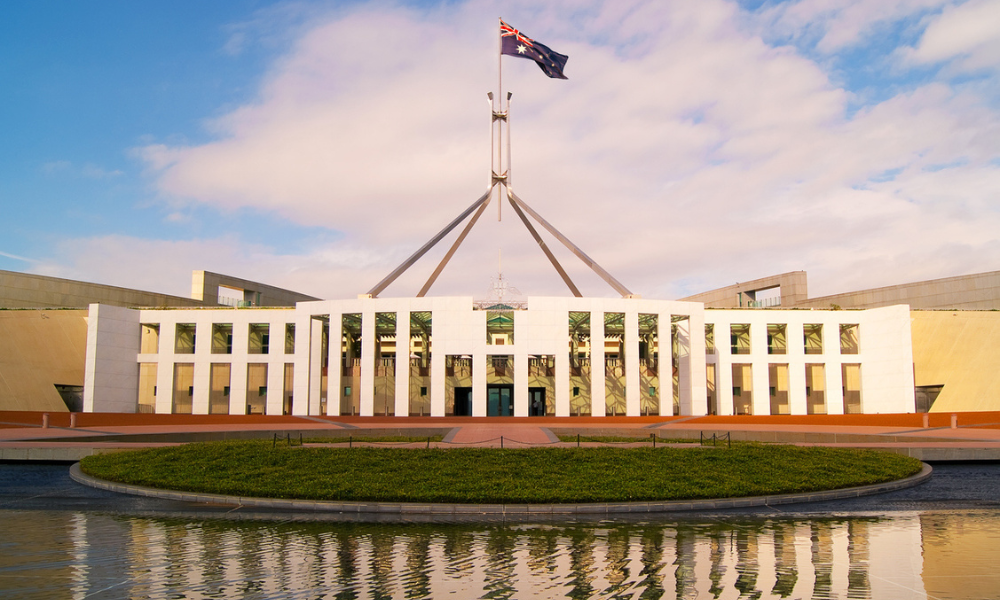Measuring the exact return on people-related investments is an issue often avoided by CFOs and HR directors alike. But an increasing number of investors and employees are turning to human capital reports to assess organisations, writes Sarah O’ Carroll
Measuring the exact return on people-related investments is an issue often avoided by CFOs and HR directors alike. But an increasing number of investors and employees are turning to human capital reports to assess organisations, writes Sarah O’ Carroll
The most valuable asset in today’s tight labour market is human capital and it’s becoming increasingly necessary for HR professionals to refocus their efforts in ‘building the business case’ for investing in human capital programs.
Studies show that while HR departments have improved in quantifying investments in people, there is still a lot of room for improvement if they are to be part of the strategic planning of the business.
Mary Lynch, group executive human resources, Santos Ltd believes that although progress is being made there is still a lot of room for improvement. Lynch joined Santos Ltd, a major Australian oil and gas exploration and production company, in 2003. Prior to 2000, when the current managing director joined Santos, the organisation didn’t value HR and as a result didn’t attract high quality HR people. Lynch arrived in late-2003 and started to build a professional HR group that focused on becoming more commercially savvy.
“One of the messages that I have given very clearly to the HR team is that in terms of their capability development there are a few key areas that we are going to focus on. And one of them is business literacy, a lot to do with the finance and also to understand the key drivers of our industry in our business,”says Lynch
Lynch is taking a much more analytical approach to HR and investing quite a bit in being able to report data.
“Don’t go into a meeting with the business without being well-armed with factual information. In order for HR to develop into a leadership role within the business it has to be able to meet the business head-on and be able to talk the language of business leaders,” she says.
But the exact extent figures can be put on return on human capital investments is still unsure. The results of a report by Net Balance Foundation, Disclosures on Human Capital Management, shows that leading organisations are considering how human capital management practices contribute to increased sales productivity and intangibles such as reputation and straight business (financial) performance. The report also outlines an example of how investors have begun factoring human capital management (HCM) disclosures into their decision-making.
In 2006, Macquarie Equities decided to favour ANZ Bank stocks over National Australia Bank: a significant influence in this decision was ANZ’s high ‘people score’. ANZ’s team was found to be highly-motivated, which was considered to be an asset. John McFarlane, former CEO of ANZ, indicated the value in this, highlighting that “soft or ‘intangible’ assets hold the key to a company’s long-term performance”.
ANZ, which is a best-practice case study detailed in the report, provides a detailed overview of its human capital strategy, recognising its importance and how it feeds into the overall business strategy and objectives. The 2006 ANZ corporate responsibility report, What’s the Difference?, also outlines how employee engagement and input into its development was a key feature, when six years ago a new strategy was developed which had equal emphasis on financial performance and people and culture. This whole process started with an extensive employee dialogue procedure: “A strategy was developed to match our focus on financial performance with an equal emphasis on people and culture. Cultural transformation had to come from the inside because organisations don’t transform – people do. We started by engaging staff in the development of a vision for ANZ. The result was the desire to be ‘The Bank with the Human Face’.”
But the question remains, how do HR translate ‘human capital’ and less tangible assets into quantifiable numbers of relevant data for reporting?
“Targets should be developed and reported. Targets can (and should) be qualitative and quantitative, as appropriate to impact areas, and time-specific,”says Samantha Huddle, senior associate, Net Balance Management Group. “Measurement of performance with no indication of priority forces stakeholders to rely on their own judgements as to what is the most important value driver.”
Other companies such as, Westpac, Bluescope Steel Ltd and Santos Ltd, were all in the top ten of the ASX 50 with the highest human capital management performances according to the report. Mary Lynch from Santos was surprised to have reached the top ten but gave an example of how her HR team could quantify the investment they made in a cultural program which began in 2004. They conducted an employee opinion survey in 2004 and again in 2006 and the difference in responses were significant. One particular question stood out to Lynch: “Are you intending to leave Santoswithin the next twelve months?”
Lynch says the significant improvement in the response to this question was a critical measure. “You can measure your voluntary turnover, but in our industry in the last few years it has become a lot more competitive because there’s a lot more investment going on,” says Lynch. “So turnover in the industry in general has gone up. So it’s not enough to just look at – what does our turnover look like, because there are many external factors that influence that.”
Lynch also identified commitment as another important measure. “Commitment is the precursor of two outcomes. One is individual performance, and therefore company performance. And the other is retention. If you get an improvement in either of those two it is going to have a bottom-line impact,” she says. “Some people will look at these surveys as fuzzy wuzzy HR stuff when in fact this is also bottom-line stuff and it’s important to the success of the organisation.”
Many companies admit that they lack metrics in assessing the value, rather than the cost, of their staff. The results of the Disclosures on Human Capital Management report revealed that the top ten companies’ overall performance ranged from 75 per cent (ANZ) to 41 per cent (Newcrest Mining) with only three companies scoring 60 per cent and over. This is lower than the scores of the top ten companies which featured in Net Balance Foundation’s previous research on sustainability reporting in Australia into Disclosures on Climate Change, where scores ranged from 43–82 per cent. This indicates that companies are finding human capital management disclosures more challenging than those of climate change. The qualitative nature of HCM metrics are more challenging to translate into quantitative indicators.
“Although the qualitative of human capital the nature of HCM metrics can be more challenging to translate into quantitative indicators than climate change, metrics such as employee engagement levels and annual employee turnover do exist. Also benchmarking discloses can be a useful tool for organisations looking to improve their efforts in these areas,” says Samantha Huddle, senior associate, Net Balance Foundation.
Where financial capital used to be the strategic resource, because it was the one that everybody had to compete for, the shortage now is people capital. Therefore HR departments are going to have a lot more demand placed on them in the future.








